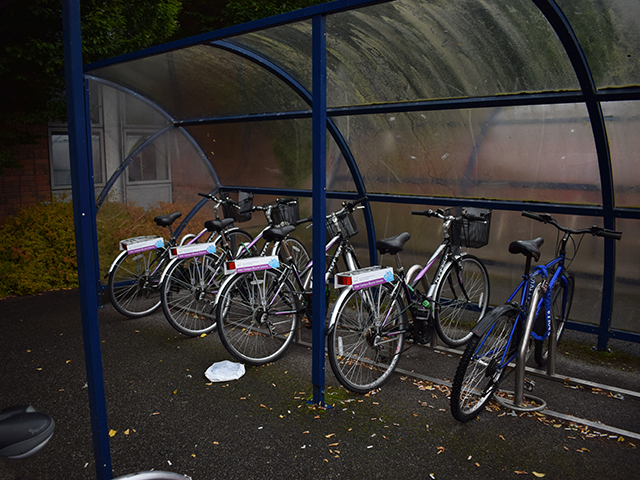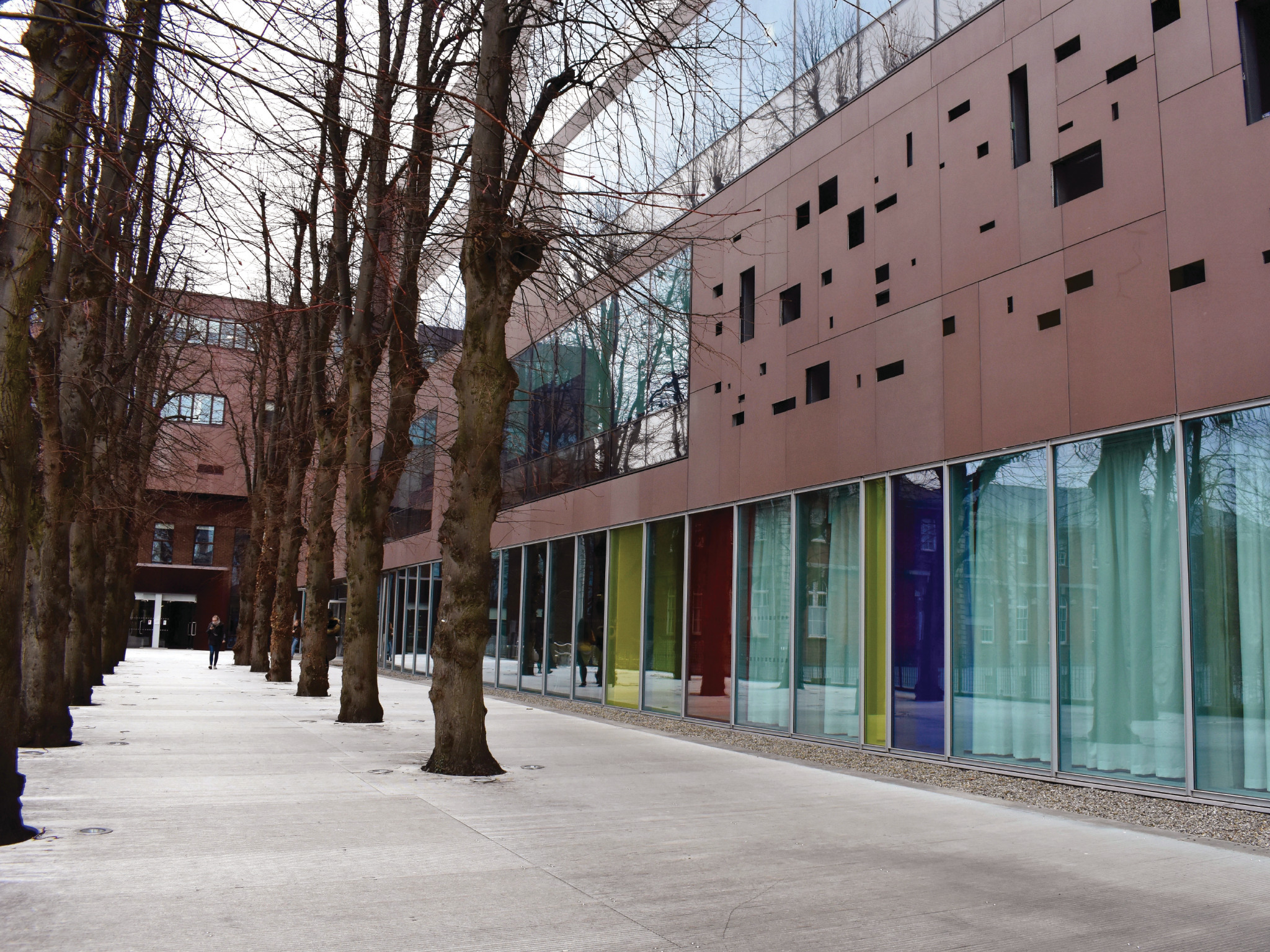
Amidst the hustle and bustle of city life, streets are changing and concerns are growing across the country: the need for sustainable transport measures. The difficult challenge of balancing environmental considerations with increasing urban congestion has led to major changes in urban planning.
A seemingly simple solution with far-reaching implications is driving this shift: creating dedicated cycle lanes. However, a critical question lingers: Do cycle lanes pave the way for a more eco-friendlier environment, or do they create a congestion problem?
Pedalling to progress?
Cycling is not just a mode of transportation — it’s a movement that initiates and promotes a sustainable and healthy means of commuting. Governments globally are making substantial investments in developing dedicated cycle lanes.
In Ireland, the Cycle to Work Scheme generally known as the Bike to Work Scheme was established to encourage people that cycling is a sustainable mode of transportation, this allows employees to purchase bicycles and bike equipment to the maximum value of €1,500, according to the official website of Revenue.ie.
In January 2022, Transport Minister Eamon Ryan confirmed that the National Transport Authority (NTA) had allocated funding to Irish local authorities to spend €289 million on walking and cycling infrastructure in 2022.
According to a press release on the official government website published last year, Minister Eamon Ryan emphasises the need for prompt action to address climate emissions. In his words, “We need to use the switch to remote working as an opportunity to reallocate road space to create a safer and more efficient transport system.”
A shift in travel preferences
However, according to surveys made by the Central Statistics Office (CSO) in 2019, only 15% said they choose to cycle to work. Breaking it down, 2.2% are cyclists cycling at least five times a week, 1.8% cycle around 3 to 4 times a week, and 2.8% cycle one to two times a week.
Moreover, 2.1% bike less often more than once a month, while 6.1% are occasional bikers cycling less than once a month. These findings indicate that only a small fraction of the population is relying on bicycles for their journeys, according to the survey data.
Despite cycling’s many potential benefits, significant gaps exist. There are several possible reasons for the low percentage of people choosing cycling. One of the main factors limiting the use of bicycles for commuting purposes is the state of Ireland’s cycling infrastructure, particularly the design and quality of cycle lanes across the country.
Recognising the significance of this issue, Noel Hogan, Drogheda Cycling Community chairperson, sheds light on the critical role that cycle lane infrastructure plays in influencing people to opt for cycling as a mode of transportation.
Drogheda, located to the north of Dublin is a substantial commuter town that has evolved with a heavy reliance on cars, with limited cycle lane infrastructure supporting alternative modes of transportation.
Mr Hogan expressed to our reporter, Hannah Daygo, his aspiration to move forward to the creation of “segregated cycle lanes” and pointed out that Drogheda is “lagging behind other places in this regard” describing the cycling infrastructure as “poor,” however, he’s hoping for the County Council for future planning.
Describing the current cycle lane infrastructure, Mr Hogan says: “There’s two sections of protected cycle paths, but they end suddenly — dead stop in the middle of the road, basically they’re of limited use…there are some others, but they’re just paint which is not less than ideal.”
InFAILstructures?
Tony Campbell, former director of Rás Ireland had similar things to say about the disadvantages.
The 76-year-old has been cycling since he was 15, having spent two decades competing in cycling competitions and years of organising races. In his opinion, the current infrastructure in Ireland does not meet the needs of cyclists, leaving them vulnerable to accidents on the road.
“I used the cycle to work every morning on the north circular road… I can’t do that anymore because it’s too dangerous,” said Tony.
With multitudes of stories, he spoke about his experiences of near misses while cycling, nearly being knocked off his bike by motorists, almost being clipped with wing mirrors, and reporting these incidents to nearby Gardai only to be ignored.
He also stated that cycle lanes installed are “not maintained.”
“All the grit from the roads goes onto them, but they’re not maintained and it’s not cleaned.” Grits on the cycle lanes can be dangerous for cyclists, they can easily puncture a tire or knock people off their bikes, leaving cyclists on cycle lanes vulnerable to cars and injuries.
Issues like these leave Tony relying on footpaths in many areas to ride safely.
“There should be separate safe cycle lanes for everyone…no one should be riding on the footpath, they should be for pedestrians and women walking with their prams.”
Cycle Accidents
According to the Cyclist Spotlight report by RSA, cyclists who ride for leisure or social reasons have the highest rate of serious injuries, accounting for 72% of the total.
The report also identifies a specific demographic risk among commuter cyclists. The majority of those injured while cycling to or from work (59%) were aged 26 to 45.
Furthermore, the study identifies Dublin as the city with the highest concentration of serious injuries among commuting cyclists, with 82% of incidents occurring in the capital.
The report, page 20, also sheds light on the leading causes of serious injuries among cyclists involved in single-vehicle collisions (SVCs) in which the cyclist was moving forward at the time of the incident. Here is a breakdown of the main findings:
Cyclists riding straight ahead in single-vehicle accidents make up 216 most serious injuries (88%). Here’s what caused them:
The top 5 scenarios identified were:
1. Road surface – oil, debris, potholes, wet surface, etc (30, 14%)
2. Lost control – took a sharp turn, lost balance, bicycle chain broke, braked suddenly, etc (28, 13%)
3. Colliding with or (dis)mounting Kerb/footpath (22, 10%)
4. Avoiding another vehicle (15, 7%)
5. Collision with an animal or avoiding an animal (13, 6%)
Half (108, 5%) of the scenarios fall into one of the five listed above.
Understanding the most common causes of serious injuries allows authorities and road safety advocates to design targeted interventions to improve cyclist safety on the road.
Cycling Flaws in Amsterdam
While Ireland is not alone in its struggles to promote cycling as an alternative and eco-friendly means of transportation, there are foreign examples that act as stark comparisons to Ireland’s attempts.
Amsterdam is widely known for its cycling infrastructure. According to a 2018 census by the government of The Netherlands, 25% of all journeys made within the country are made by cycling, with each resident owning an average of 1.3 bicycles.
The city’s cycling infrastructure and culture make it an attractive option for transportation, but weather conditions and safety concerns can deter some individuals.
Hannah Nolan, a UCD student currently studying abroad in Amsterdam, also finds cycling to be the most convenient, however, she notes the lack of helmet usage among cyclists in Amsterdam.
“I’ve seen maybe two people wear helmets, which is so unsafe,” said Hannah.
She also added that winter weather conditions with a mix of wind and rain make it harder for cyclists to cycle along the canals and may increase the risk of accidents.
“I am kind of scared when it begins to get icy out,” said Hannah expressing her fear of cycling during winter seasons.
“There has to be more accidents during winter, I would think, because of the bad weather conditions,” she added.
Would you cycle in Dublin or Amsterdam?
Cycle lanes in Amsterdam are everywhere, making bicycles have the right of way on the roads, their own pedestrian crossing and traffic lights allowing safety to both pedestrians and cyclists.
Catarina Sousa, a travel blogger from Portugal for a year and a half has visited both Amsterdam and Dublin.
Speaking about Catarina’s experience in Amsterdam, she said the sheer amount of cyclists was “shocking” and “not like anything” she had seen before, saying it was well organised but was “intimidating” at first.
Offering a comparative perspective with Dublin’s cycling environment, Catarina and Hannah share the same sentiment about Dublin’s cycle lane infrastructure.
Catarina said she hadn’t even realised there were cycle lanes in Dublin. “The only time I saw the bicycles was near Christ Church Cathedral, in that area I think I saw a bicycle lane but other than that not much.”
Talking about cycling infrastructures, Hannah expressed that she “couldn’t picture” herself “cycling around Dublin” because of the bollards.
“Loads of bollards and it’s made the entryway way too narrow and it’s at risk like it’s putting the cars at risk because of these big poles,” said Hannah.
However, the way the road design in Amsterdam works makes Hannah feel a bit safer when driving on motorways.
“It will be like three sections, so you’d have the footpath, and then there’d be a dip down, and then you’d have the cycle lane, and then there’d be another dip up, and then there’d be the road,” said Hannah while describing Amsterdam’s safe infrastructure to cyclists.
There is also a major difference between the attitudes towards cyclists in Dublin and Amsterdam, while many motorists see cyclists as a hindrance in Dublin, in Amsterdam, they are given the same respect on the road as motorists are.
On top of this, there are stricter and more heavily enforced rules for cyclists in Amsterdam.
In Amsterdam, wearing a helmet, following traffic light directions, having front and rear lights on your bicycle and using hand signals before turning are all mandatory and enforced, as well as ensuring cyclists only cycle within the designated lanes, away from the pedestrian paths and the roads for motorists.
In Ireland, It is only mandatory to have a rear-facing reflector on your bike and high visibility clothing is recommended for cyclists, according to Ireland’s Road Traffic Act.
Future of cycling
Despite the disadvantages of cycle lane infrastructure in both Ireland and Amsterdam, the underlying target of promoting an eco-friendly environment and sustainable transportation remains the same.
While the advantages of cycling show that it creates an eco-friendly mode of transportation, the governments of both countries play a crucial role in addressing the concerns of the public, whether it is about congestion problems or ensuring that cycle lane infrastructures are monitored and installed properly.
In the end, it is up to the governments of both countries to listen to public feedback and address their concerns to create successful urban planning and a truly sustainable environment.
Written by: Hannah Giron Daygo, Amy McLoughlin, Sorcha Mc Groarty and Rachel Kavanagh


